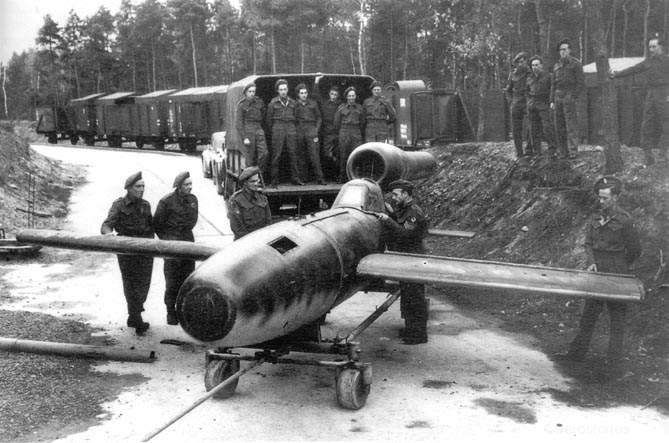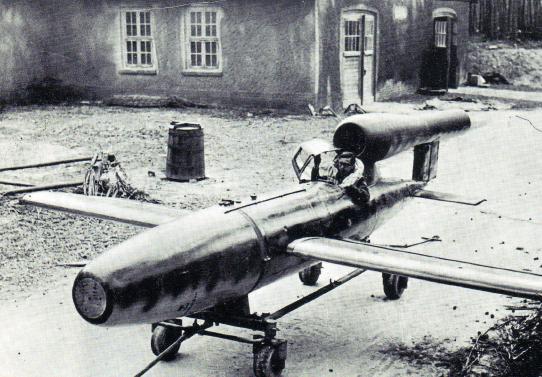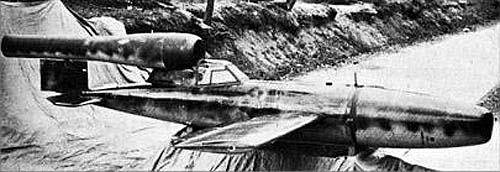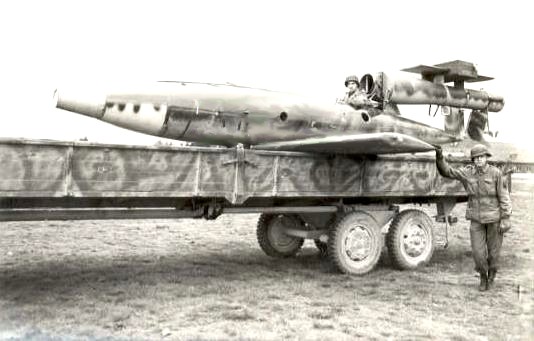So the what if is “What if the Finns mobilised more troops that would free up German forces?”
And the question is where I would send them. Okay.
I think it might be easier by saying where I would not send them.
I am also assuming that the “Mountain Corps” are just infantry, not Gebrigsjager or Alpini, considering the corps were entirely made up of regular infantry divisions.
Italy (Germany’s doing really well here, no hope of pushing the Allies out with one corps, so just do what we did historically)
Norway (almost nothing there except the sabotaging of the heavy water plant, but any hope of redoing the bomb is long gone)
The Atlantic Wall (Allies aren’t landing there until 1944, other areas are much more dire)
Leningrad Front (Feels like the time for storming Leningrad is long gone and a corps wouldn’t make a difference, maybe if the Kursk attack was cancelled entirely and was redirected, but tanks don’t work well in cities)
So that leaves:
Army Group South
Balkans
Kursk
Mainly because I’m more knowledgable about this area I would probably give it to Kursk (to strengthen the attacks) or Army Group South (to hold the line against the Soviet counteroffensive, allowing Manstein’s guys to continue pushing on Kursk rather than racing southwards to defend). I also have an odd affinity for Kursk out of all the Eastern Front battles.
And I feel there’s no way to get Tito.
As we both know, this wouldn’t change much in the grand scheme of things. Hopefully Manstein does better though.









